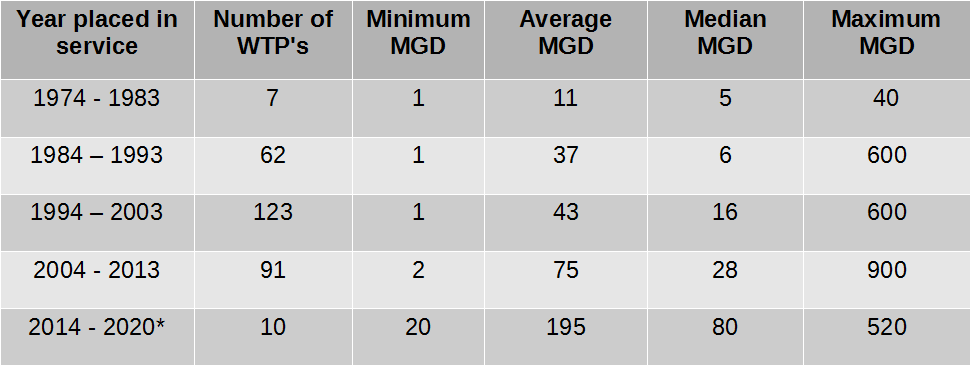If a wager was made, most of the world could say that they have eaten at McDonalds a time or two. Your mind most likely immediately goes to salty fries and the Big Mac, maybe even their chicken nuggets and soft serve. But one thing that mostly likely doesn’t come to mind is indoor air pollution.
A study has taken place in the UK to measure different air qualities of indoor spaces such as; McDonlads, London Underground, Piccadilly Circus, the Daily Mail Office, Sainsbury supermarket and Wetherspoons pub. The results are shocking.
Whether it’s at home, in the office or simply in your local supermarket, most indoor spaces are poorly ventilated, allowing toxic air pollution to continue to circulate in the air.
According to an article written by the DailyMail “Stuart Smith, Board Director at ventilation systems company Nuaire said: ‘Most pollutants will be breathed in unconsciously each day without us realizing, so it is vital that we raise awareness of the importance of ventilation effectiveness and how we improve indoor air quality within all of our occupied spaces – be it home, work, school or social meeting spaces.’
MailOnline tested the level of CO2 across six sites – five indoor and one outdoor – and found that levels were the highest in McDonalds and Wetherspoons.
“Things quickly went from good to bad as we headed for a basement table at a busy McDonald’s in the heart of London.
Here, CO2 levels came in at a staggering 1,329ppm – more than twice as high as Piccadilly Circus, and well above recommended levels.
Worryingly, Nuaire says that when CO2 levels are between 1,000-2,000ppm, people can start to feel drowsy.
‘This level of contaminated air presents a higher risk of virus spread and suggests the prominent rebreathing of other people’s breath, due to lowered levels of oxygen in the room,’ Mr Smith explained.
The VOC, PM 2.5 and PM 10 readings weren’t much better, coming in at 58.4ppm, 0.11pppm and 0.243ppm respectively. “
The news outlet visited other places as well and the results weren’t much better:
Any level of PM 2.5 and PM 10 can be dangerous. These tiny particles can live in the body for months, even embed themselves in the organs. “’Just 15 minutes of bad air exposure can stay in the body for over three months and cause bad health conditions from hair loss to heart failure. PM 2.5 alone can shorten life spans.”
Though you can’t control the air around you in public places, there are several things you can do to improve your indoor air quality:
- Invest in an indoor air quality monitor – being armed with information about the air you breathe is the first step in understanding the best way to tackle the problem
- Refresh the air – as often as possible, open all your windows for as long as is reasonable and let fresh air replace any CO2 build up that’s been circulating in your home. This will also reduce humidity that leads to condensation and mold. If you live on a main road however, try to do this when traffic is low and avoid rush hour
- Be careful what you clean with – bleach and cleaning sprays can hang in the air and give off toxic chemicals, which are really bad for our respiratory health. Switch to organic where you can and avoid candles which can give off high levels of particulate matter
- Check your vacuum – older vacuum cleaners and those that aren’t certified as HEPA may actually be responsible for spraying dust particles into the air, rather than keeping them contained
- Beware of dust build up – dust mites live in the dust in your home and are one of the most common allergens. Refresh bedding frequently and maintain a clean, healthy home to keep them at bay
- Out with the old – modern regulations in furniture manufacturing mean that newly produced furniture gives off less VOCs than older hand-me-downs
- Turn on your extract fans – extract fans can really help pull nasties out of the air in kitchens and bathrooms. Just be sure to check and clean the filters regularly – once a year should keep them in good working order
- Invest in plants – house plants like aloe vera, peace lilies, corn plants and ferns have been proven to reduce NO2 and CO2 in rooms by up to 20 per cent
- Invest in home ventilation – mechanical ventilation and carbon filtration systems can be installed to treat the air throughout the home, and control the pollutants generated. These can cost the same as a premium air purifier but work to clean and filter the air throughout the entire house creating a safe haven for all inhabitants
- Invest in an air quality monitor – we offer a wide range of models, for a wide range of budgets! Give us a call today to see how we can help improve the air you breathe.
You can read more on this article by following this link. The Aeroqual products used to conduct these series of tests are found here.

